Jason Grey, technical sales consultant at CVP, explains how virtual production provides sustainable, cost-effective alternatives to traditional shoots, tackling both economic challenges and environmental impacts in filmmaking.
Virtual production is among the most rapidly evolving and innovative areas of the film and TV industry. Initially the sole preserve of high-end productions with big budgets, the technology has evolved, with adoption further boosted by falling costs. Today, virtual production presents a viable alternative to location or conventional studio shooting and has been described by Deloitte as “the future of content creation”.
One of the main reasons for its increased popularity is the contribution the virtual production technologies and processes make to sustainable workflows. Much debate recently has centred on the fact that sustainability has taken a backseat to ROI as organisations have faced tricky economic challenges. Here, though, is a case where both issues can be addressed simultaneously.
The main benefits of virtual production relate to location shooting and its associated workflows. The technology and techniques are now mature enough to be used convincingly to recreate a wide range of stagings, both indoor and outdoor, and as a result, significant segments or even entire productions can be shot in the same place.
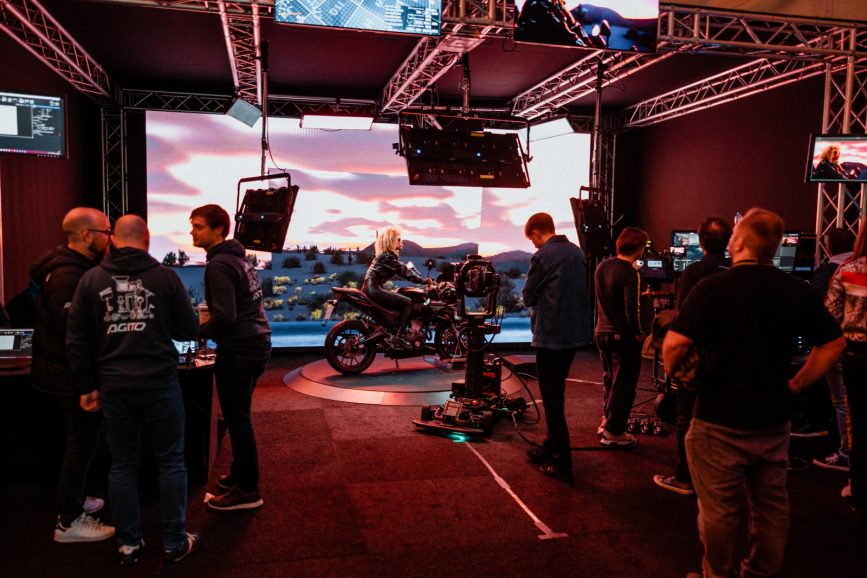
These are important developments as there’s no escaping the fact that location shooting remains time-consuming and expensive, but for a growing range of use cases, virtual production can help minimise costs. Granted, there is an obvious environmental impact to virtual production in terms of power consumption, but with cast and crew able to shoot their scenes one after the other, scenery and accompanying sound volume can be changed to reflect the requirements of the script. This adds up to a compelling proposition fuelling a multi-billion-dollar global market.
For instance, by implementing the latest iteration of Unreal Engine or high-resolution captured footage, environments can be recreated without the costs associated with traditional production processes. This includes reducing the expense of on-location scene set-up, costume changes and camera repositioning, allowing productions to improve productivity and efficiency.
This inherent flexibility and minimisation of real-world logistics dramatically reduces the carbon footprint associated with the traditional production process. The synergies also extend to LED volume, which can now be driven wholly by renewables, for instance, while it is becoming increasingly apparent that the whole industry supply chain is moving towards more sustainable standards.
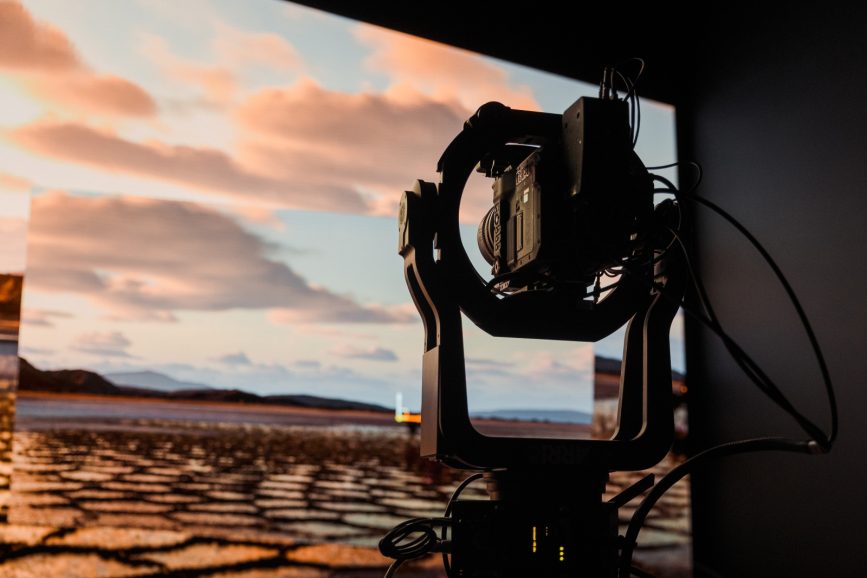
The National Gallery embraces VP
So, how is this working in practice? A great example is the work being done by The National Gallery – home to one of the greatest collections of paintings in the world – which has embraced virtual production to enable the public to interact with its art without the need to travel to London. This includes creating virtual environments that can replicate any part of the gallery for a wide range of purposes, such as panel discussions, guided tours and new exhibitions – each of which can be accessed online.
As a result, virtual production is delivering incredible levels of flexibility to both the gallery and its visitors, as people can choose between attending in person or virtually. The gallery can also create virtual rooms and digitally incorporate artwork, allowing them to trial exhibitions before committing to a full-scale physical display. This approach saves significant costs on printing, framing and the logistical challenges of shutting down sections of the gallery for new installations.
A commitment to sustainability
For any sustainability strategy to deliver maximum benefit, the approach has to be holistic, with organisations demonstrating their commitment at every opportunity. At CVP, for example, we have pledged to become carbon net zero by 2040, and with more broadcasters and major studios doing the same, it is going to become a common requirement that productions at all levels, from corporate videos to big-budget blockbusters, mirror these requirements.
Another key initiative is a major effort to extend the life cycle of equipment through more effective repairs and maintenance. Rather than encouraging customers to replace outdated technology, CVP provides tools for on-site repairs, reducing downtime and preventing equipment from being discarded prematurely. This is supported by dedicated repairs and spares departments.
In addition, CVP offers an innovative buyback scheme, enabling customers who have purchased products such as LED panels, cameras or lighting to sell their equipment back after a few years. This provides an easy upgrade path while ensuring the pre-owned gear is passed on to other customers at a reduced price, further extending its life cycle and supporting the principles of a circular economy. By purchasing used broadcast equipment, media companies can also help prevent perfectly functional gear from ending up in landfills – addressing the serious environmental issue of electronic waste, which contains hazardous materials. Buying used products also conserves resources, as manufacturing new broadcast equipment requires raw materials, energy, and water.
CVP also takes energy consumption into account when designing LED installations, working hard to make each product more energy-efficient. This commitment to sustainability is also reflected in the company’s approach to the tender process, where environmental impact can account for a significant portion of the scoring criteria. As a result, CVP is heavily focused on meeting benchmarks for sustainability and contributing to greener operations – capabilities which are increasingly in demand from clients and industry regulations alike.
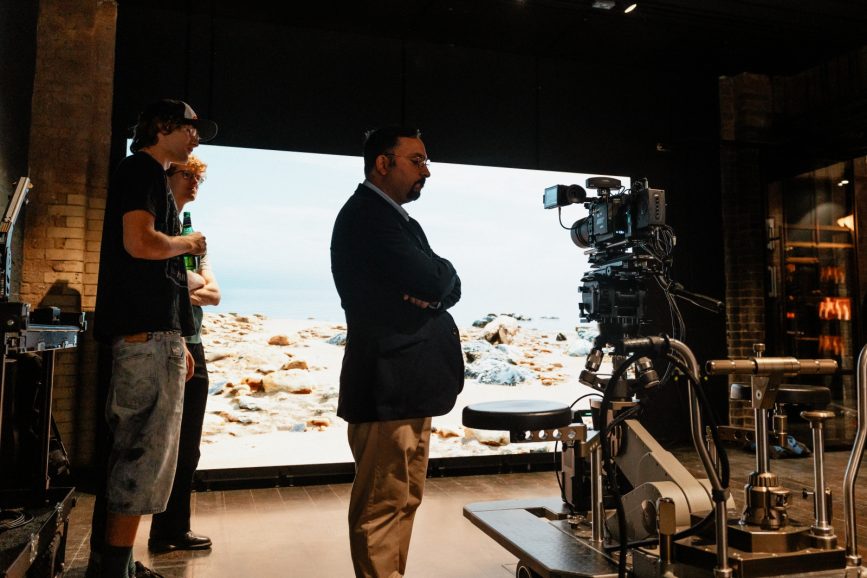
Achieving net zero
So, how are virtual production and the wider sustainability efforts seen across the film and TV industries delivering on the net zero objectives established by the likes of COP28?
Industry research published last year suggests that virtual production has the potential to play a pivotal role in achieving net zero emissions within the screen industries. According to the study, virtual production offers “significant environmental benefits” and “can reduce carbon emissions by between 20% to 50% or higher, depending on deployment, compared to traditional film methods. Including significantly reducing travel and on-site fuel costs which currently account for half of the industry’s carbon footprint.”
It goes on to suggest that “as major global production companies aim for net zero targets, the integration of sustainable practices in film and content production will transition from being merely desirable to an essential business investment.”
Looking further ahead, virtual production will continue to grow in effectiveness and popularity as the industry balances traditional methods with the benefits of technology across the production lifecycle. In doing so, it can help deliver a win-win scenario where the environmental impact of content creation is minimised while also allowing professionals to work to the highest creative standards.
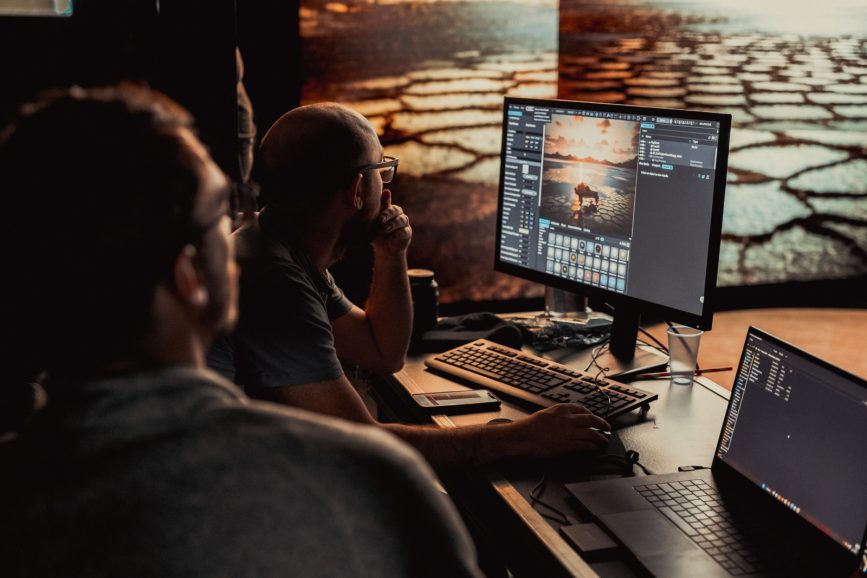









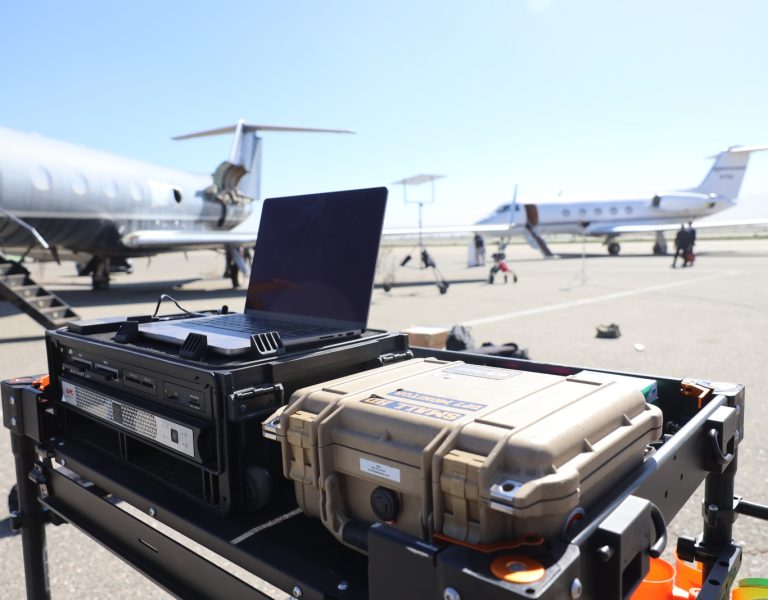

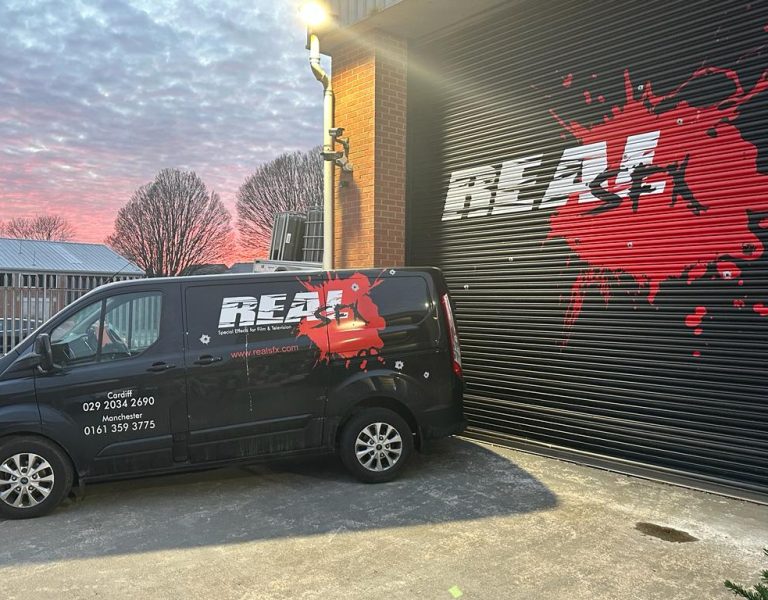
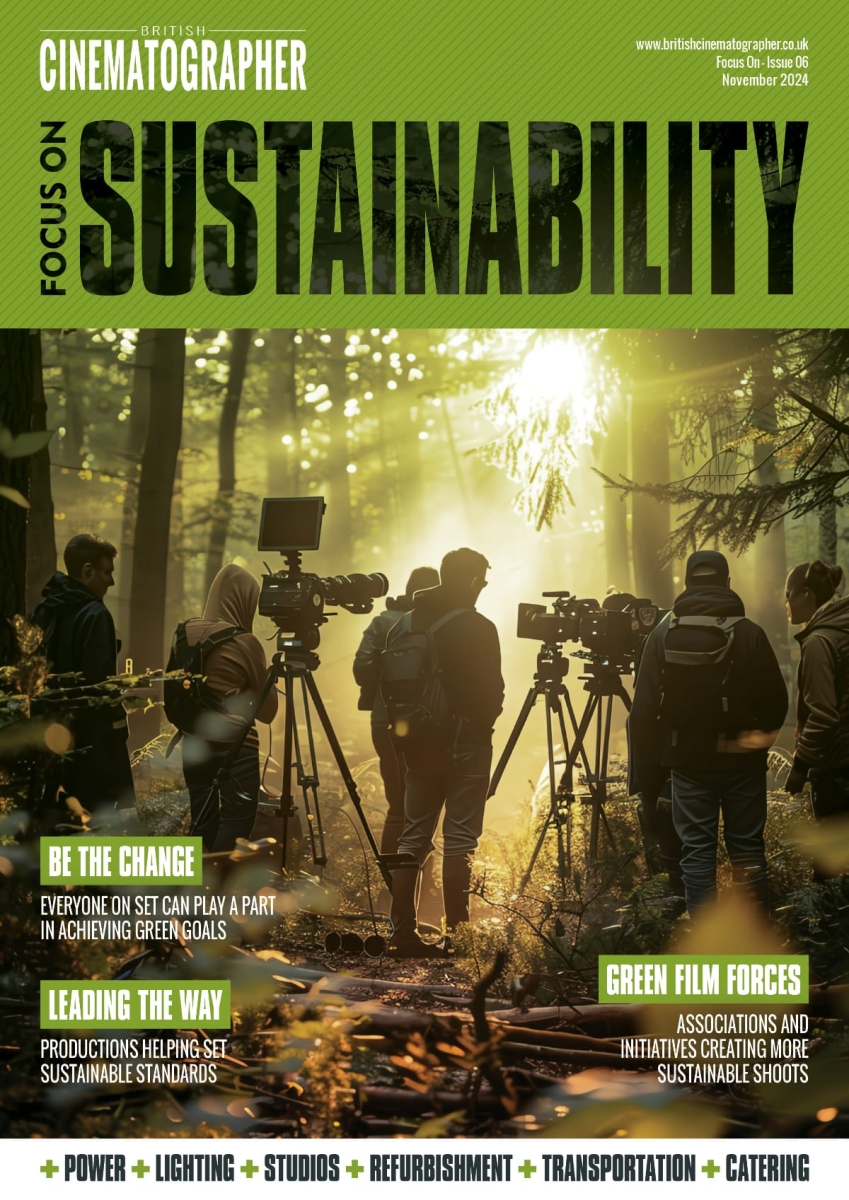
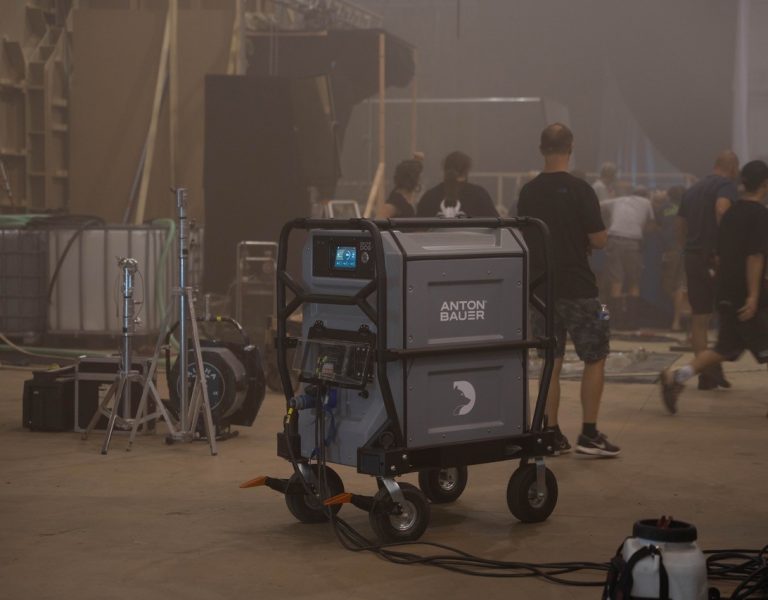
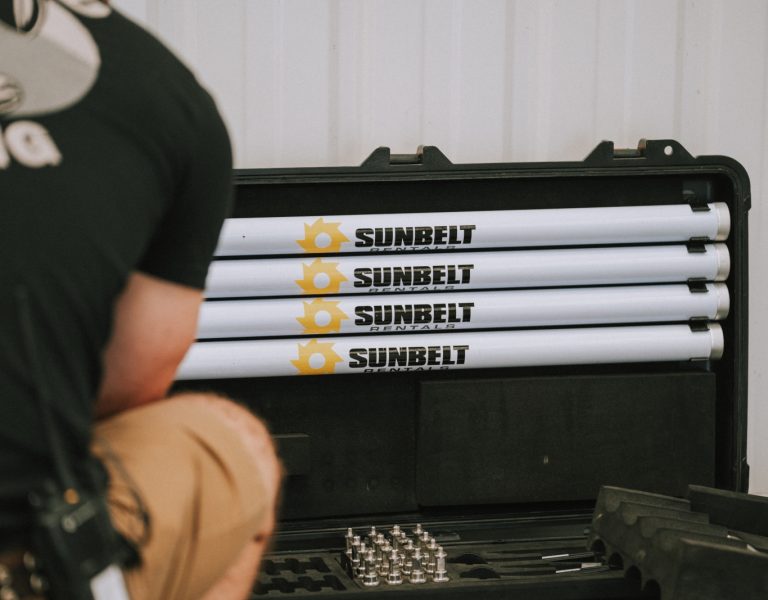
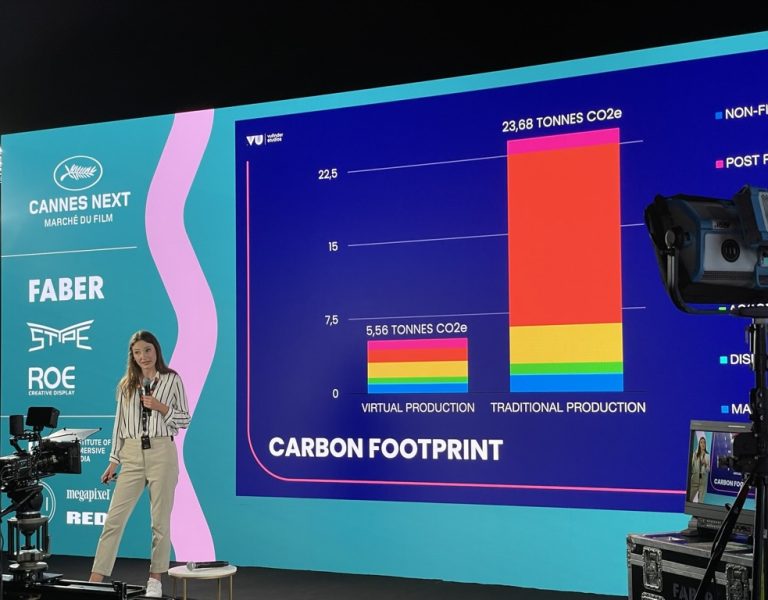
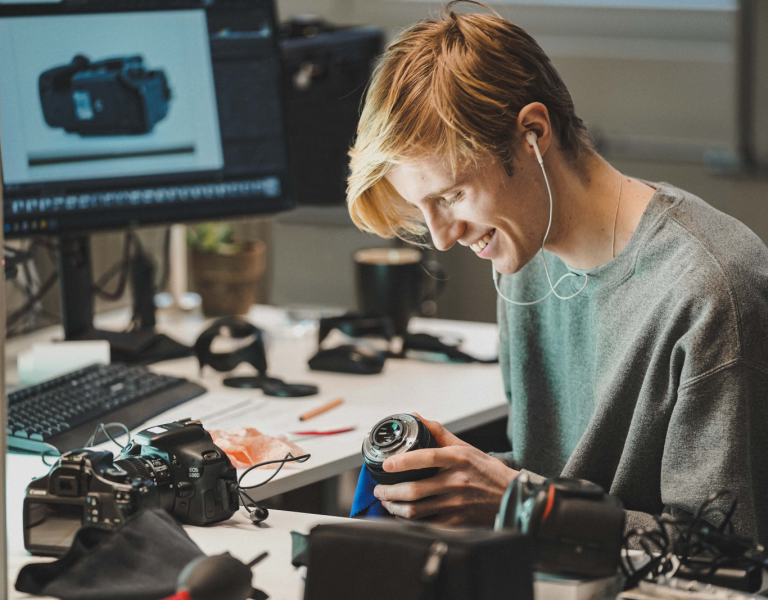



Comment / Laurence Johnson, sustainability manager, Film London